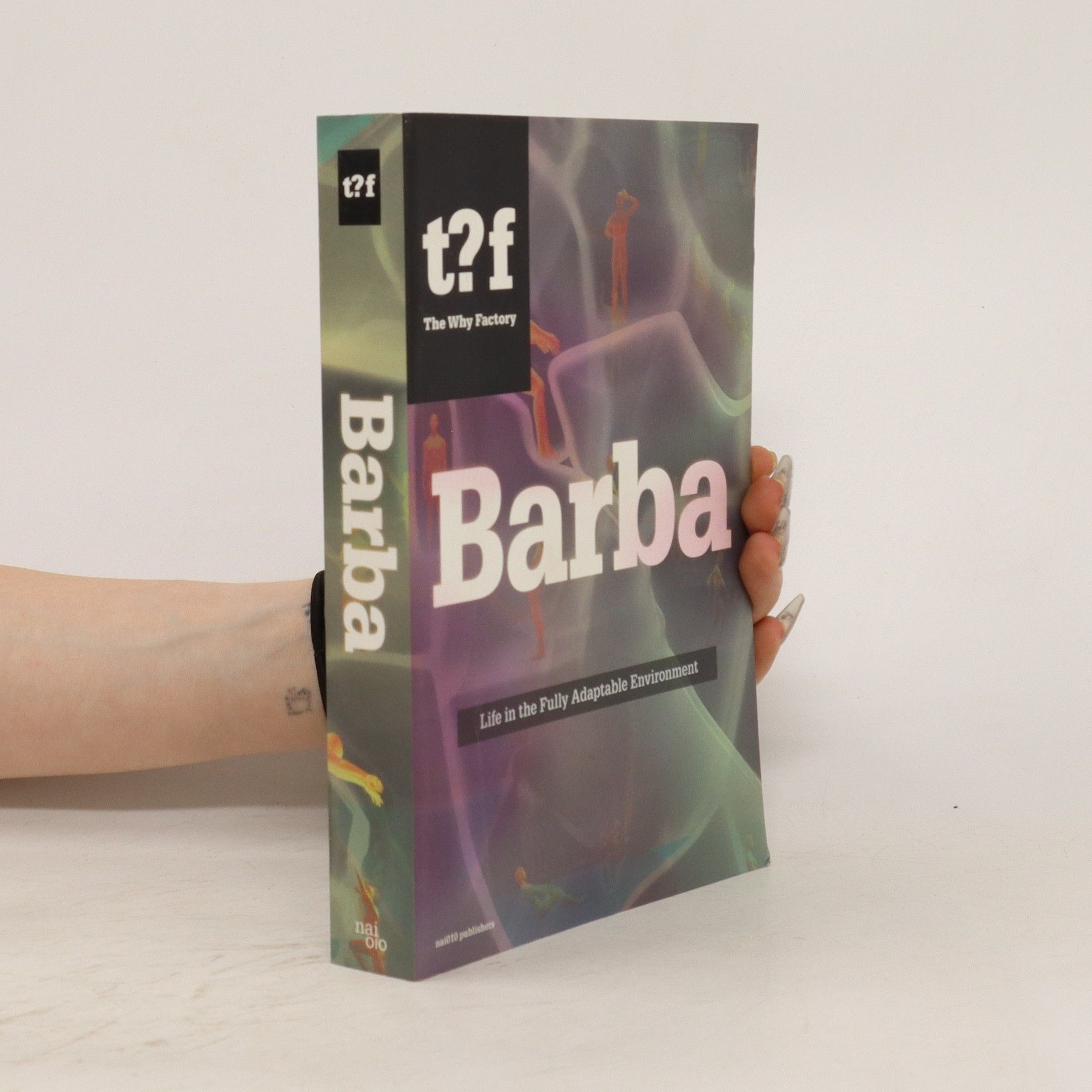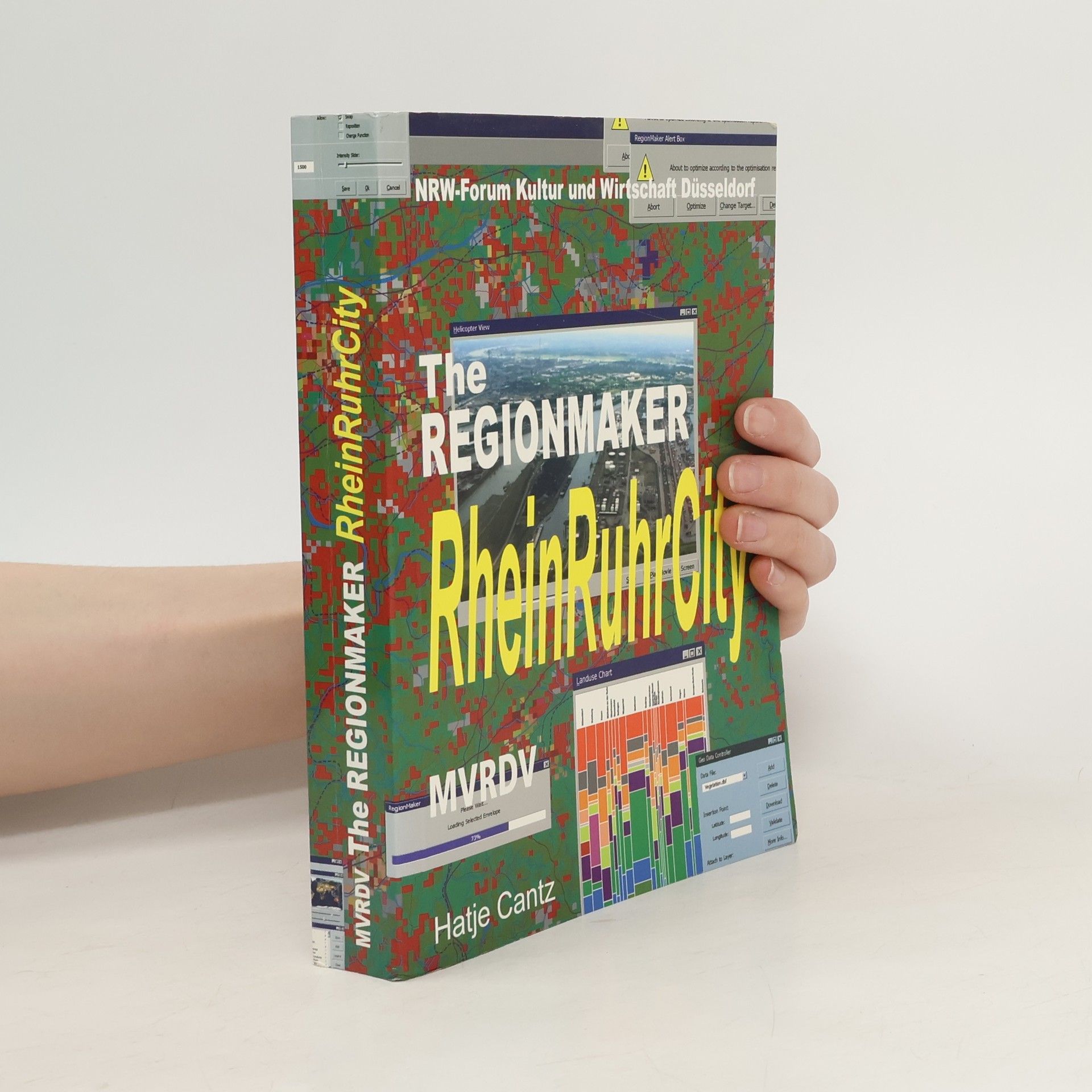Since the beginning of the last century, the Ruhr Area has been the industrial heart of Germany. With the demise of the coal, iron and steel industries, the region now faces an existential growth or shrinkage? This dichotomy is the point of departure for the development of various future scenarios, and it is from here that MVRDV, the celebrated Rotterdam-based architectural firm, developed its structural exploration on the future of the Rhine-Ruhr region, implemented in cooperation with a number of German and Netherlandish universities. Extensively documented in this book, the study presents a compact commentary on the meaning of region, identity and tradition, issues ever more consciously present in the age of globalization. Also in this volume is MVRDV's pavilion for Hannover EXPO 2000. The firm caused a stir with its design for the Dutch pavilion, whose motto, "Holland Creates Space," was skillfully translated into a fa ade-free building with stacked-up landscapes.
Winy Maas Knihy




Drawing Realistic Pencil Portraits Step by Step
- 128 stránek
- 5 hodin čtení
Learn to draw realistic portraits using only two types of pencils and the Maas method of approaching the blank page. Techniques and exercises build on one another as you practice your skills and gain confidence
Barba
- 400 stránek
- 14 hodin čtení
"How could nanotechnology change buildings and cities in the future? Imagine a new substance, that could be steered and altered in real time. Imagine creating a nanomaterial that could change its shape, that could shrink and expand---that could do almost anything... We've named this material Barba. With Barba, we would be able to adapt our environment to every desire and every need. The latest book in The Why Factory's Future Cities series envisions how nanomaterial might drastically change cities and architecture in the future. This speculation on fully adaptable environments is illustrated in the best tradition of science fi ction. We follow an inhabitant for a day and see, how everyday routines change in these new, fl exible spaces. This story forms the point of departure for a series of interactive experiments, installations, and proposals towards the development of new, body-based and fully adaptive architectures."--Publisher's description.
Costa Iberica
Upbeat to the Leisure City
The Spanish coastal area has become a tremendous economic success. In 50 years it has turned into the densest 'city' in Europe due to a series of attractions that are lacking sun, sea, food, freedom, cheapness. But despite these huge advantages, it is condemned for its monocular behaviour, for its lack of history, taste and culture, its total ignorance of ecological responsibility. This controversy freezes its potential rather than activates it. What should be done with this paradoxical phenomenon that balances between disgust and charm, between attraction and repulsion?